|

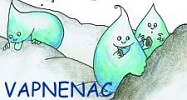
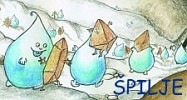
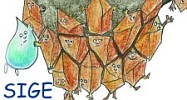
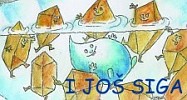 
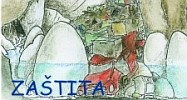

|
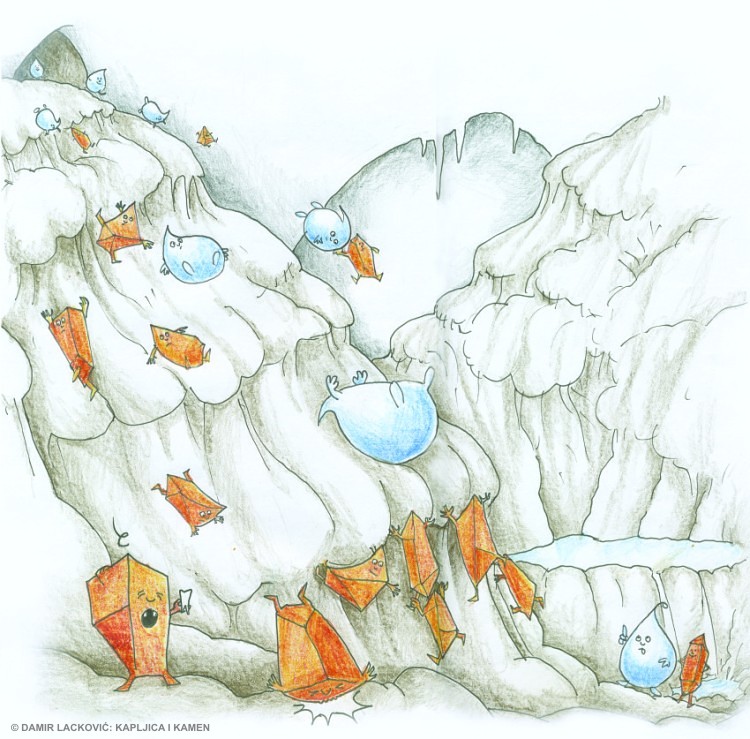
Calcite
crystals and water droplets slide down the slope one
after another.
Whoa!
“Bye-bye, little crystal! I am going on” says the
droplet leaving the crystal hanging on other crystals on
the slope. And so, through many years, the
crystals build cave formations that look like petrified
waterfalls, which are called flowstones.
Did you know?
Tour guides or speleologists can show you dripstones in
commercial caves. In Croatia, for example, you can
visit Baredine Cave in Istria, Cerovačke Caves in Lika,
Lokvarka Cave in Gorski Kotar, Veternica Cave near
Zagreb, and many other caves. One should never
break dripstones or take them out of a cave.
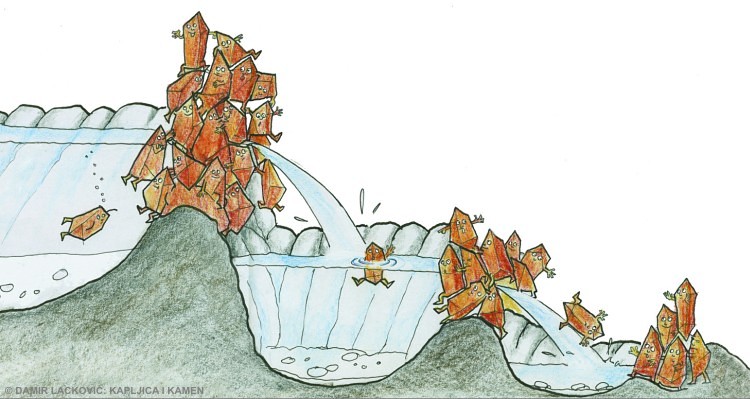
“Oh good, we’ve slowed down a bit … Look, we have made a
beautiful lake” say the crystals. Such small ponds
with dams of calcite crystals are called rimstone pools.
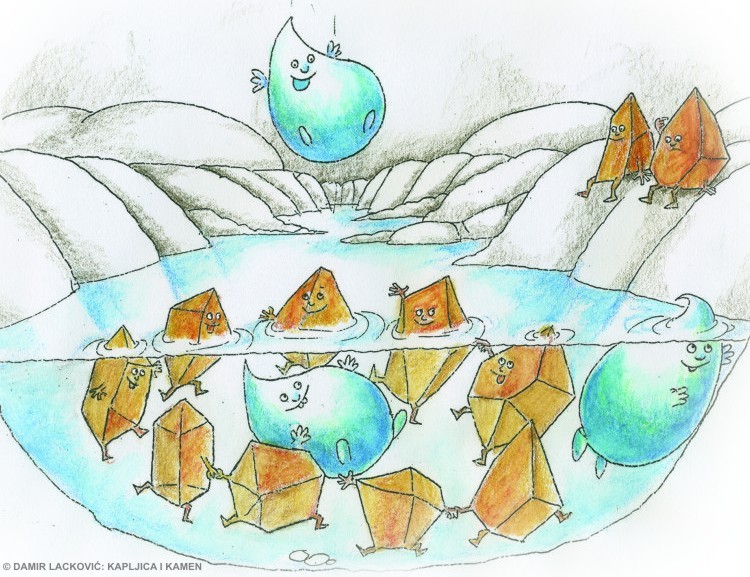
Water droplets dripping into such shallow rimstone pools
sometimes roll the crystals around. The crystals
stick to each other, get polished and become small round
balls.
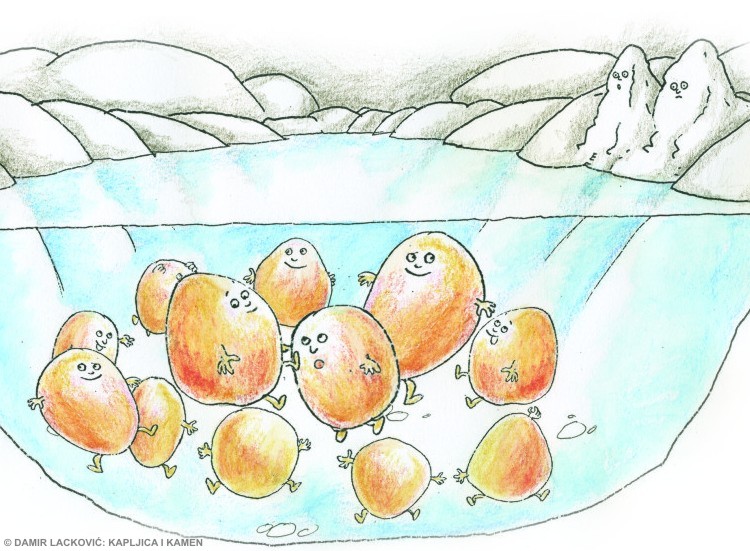
“My head is spinning …. Ahhhhhh! What a
headache!” “Who cares, we are so pretty!”
“Look, I am perfectly round and shiny. Aren’t I
beautiful?” says a small round shiny stone. And
thus, cave pearls grow and get rounded in some rimstone
pools.
Did you know?
Pearls also form in some sea shells in the ocean.
Cave pearls are usually as large as a pea, but they can
grow to be as large as a fist.
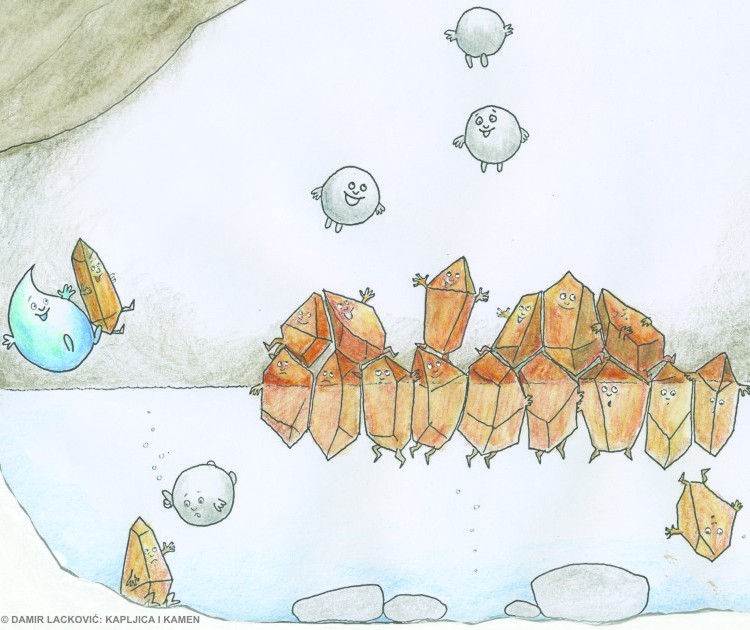
Water
droplets and crystals also jump into quiet lakes where
they say good bye to each other. “I am going to
join my brothers” says the crystal and grabs onto the
cave raft made of many other calcite crystals.
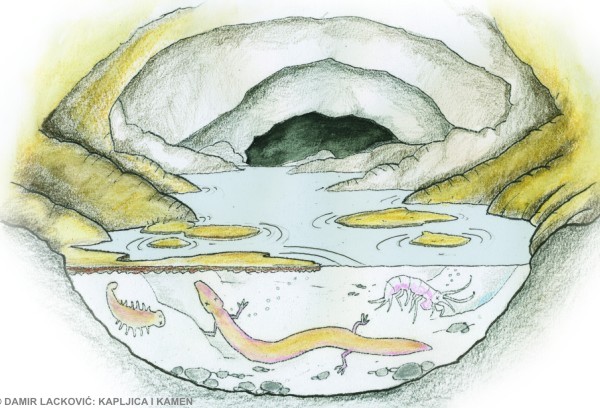
Sometimes the cave rafts attach to the edge of the lake,
forming shiny shelfstones.
Did you know?
Cave shrimps, cave salamanders, endemic Croatian leeches
and other cave animals do not have eyes because they
spend their entire life in complete underground
darkness. These animals do not need eyes in the
dark and have therefore lost their eyesight.

|